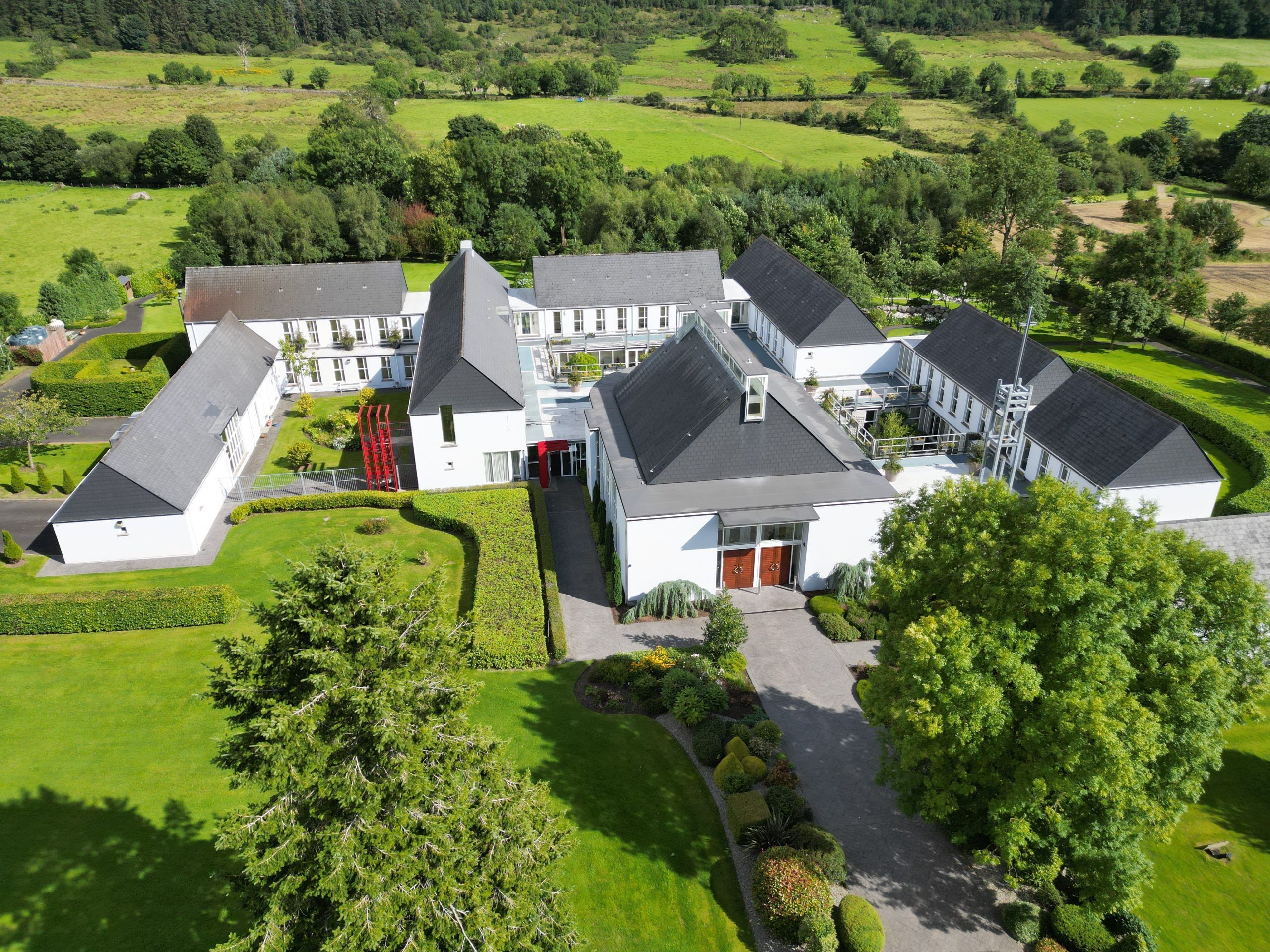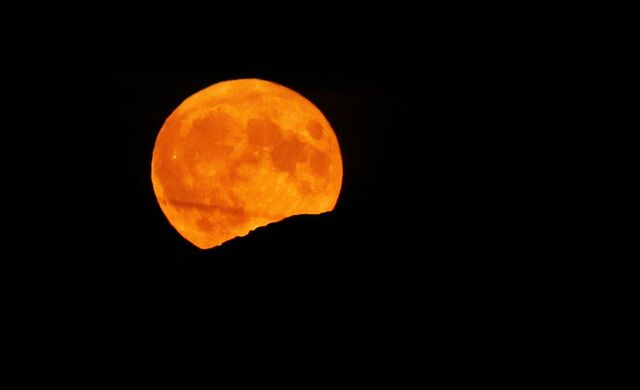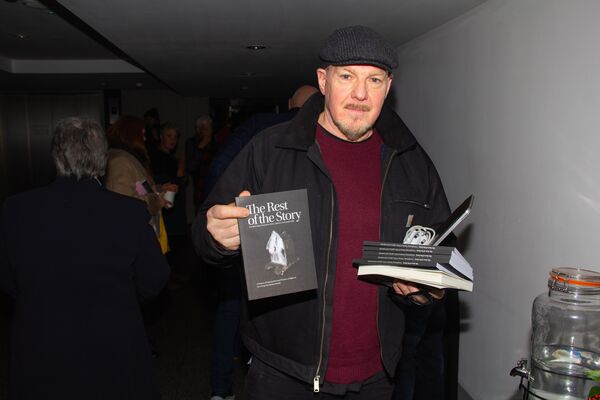THE first time I learned to truly breathe in the silence was in the shadow of the Mourne Mountains, in the Holy Cross Benedictine monastery a mile or two outside the idyllic Rostrevor.
It was at the turn of the century, during a time when my search for meaning carried me to many different places and traditions. I was there as an assistant to my Tibetan Buddhist teacher, Panchen Otrul Rinooche, and we arrived as the monastery was hosting the Gelugpa Tibetan Buddhist monks, who were carefully preparing an intricate sand mandala in honour of the forthcoming visit of His Holiness the Dalai Lama.
It was a remarkable sight: white robed Benedictines and colourful Tibetan monks moving about with quiet reverence, each in their own rhythm, yet somehow sharing the same stillness. Their traditions may have been different, but their presence spoke of something universal. When I sat with them, I asked what it was that bound their practices together. Their answer was simple, yet profound: Breathing in the Silence.
At first, I struggled with the idea. Silence, to me, had often been something to fill, whether with words, music, or restless thoughts. Yet in these people's company, the silence was not an absence but a presence. It felt almost tangible, as though the very air had weight and texture. One of the monks encouraged me to sit upright, to rest my hands lightly, and to "pay attention to my attention". The words were plain, yet the effect was extraordinary.
As I allowed myself to follow their guidance, the noise of the world and the clutter of my own mind began to fade. The silence grew, not as a void, but as a vast, spacious embrace. Each breath seemed to draw me deeper into that stillness, and with each breath I felt something shift, something heal. What I discovered was not so much a technique as a way of being. Silence, when received in this way, becomes medicine. It soothes, steadies and transforms.
I have never forgotten that lesson. What the monks revealed to me that day was not a practice confined to cloisters or meditation halls. It is something available to all of us, wherever we may be. One can breathe in the silence while sitting in a chapel, a park, or even resting quietly in your own home. The outer setting matters less than the willingness to pause, to sit upright, and to simply attend.
The gift of that day was the realisation that the search I thought would take me far and wide was already complete. What I had been longing for was not something outside myself, waiting to be found in distant places or lofty ideas. It was within me all along. As one monk put it with a knowing smile: "What you are looking for is what you are looking with."
To this day, when life feels hurried or heavy, I return to that teaching. I stop, I breathe, and I let the silence remind me of what is essential. In doing so, I touch again that same healing presence I first encountered among the monks of Rostrevor, a silence that is not empty, but full; not still, but alive.








